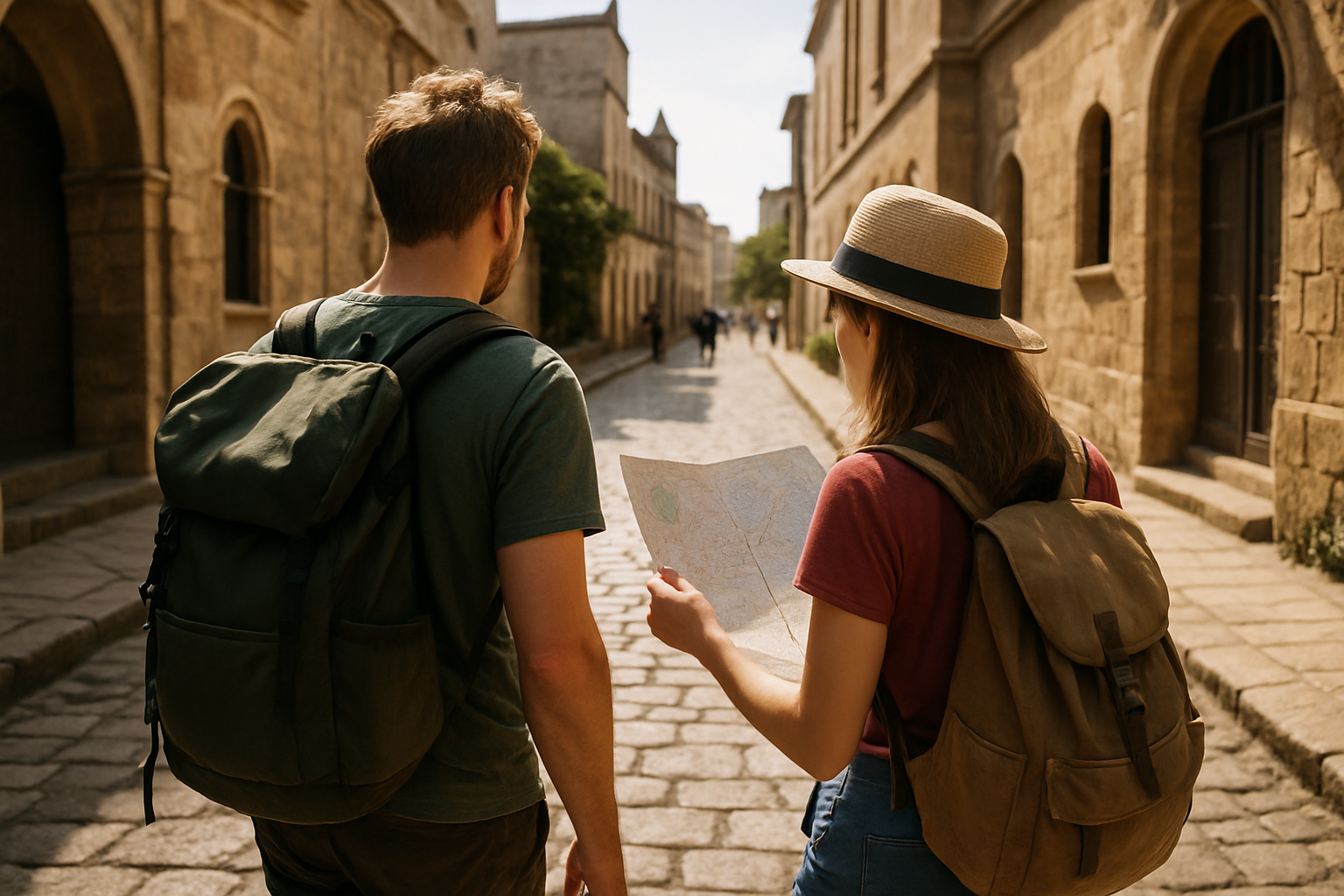Rediscovering the Art of Walking: An Insight into Pedestrian Tourism
The world moves fast, especially when it comes to travel. But what if it's time to slow down? To take the time to reconnect with our environment and appreciate the splendor of the world around us? One emerging trend is doing just that - Pedestrian Tourism. A throwback to simpler times, this travel style encourages exploration on foot, bringing travelers closer to the destinations they visit.

Pedestrian Tourism: A Historical Overview
Rooted in the rich traditions of pilgrimage and outdoor exploration, the concept of Pedestrian Tourism is far from new. In fact, walking was the primary mode of travel for our ancestors. However, the rapid development of transportation technology pushed pedestrian travel into the background. But with the growing focus on health, fitness, and environmental sustainability, walking tours are now a hot trend in the travel industry.
The Revival of Pedestrian Tourism
In an era characterized by speed and convenience, the return to walking appears to be a counterintuitive trend. Yet, it’s gaining traction among travelers seeking authentic and immersive experiences. This resurgence is largely fueled by the wellness movement, which promotes physical activity and mindfulness, and the eco-tourism trend, which emphasizes low-impact travel.
Walking tours offer travelers the opportunity to explore destinations at a leisurely pace, take in the sights, sounds, and smells, and interact with locals in a way that’s often missed when traveling by vehicle. It’s a way to truly connect with a place, its culture, and its people.
The Pros and Cons of Pedestrian Tourism
Like any travel style, Pedestrian Tourism has its advantages and drawbacks. On the positive side, it’s cost-effective, eco-friendly, and promotes physical health. It also allows for flexibility and spontaneity, as travelers can adjust their pace and route as they wish.
On the downside, walking tours can be physically demanding and time-consuming, especially for those unaccustomed to long distances. They’re also heavily dependent on weather conditions and may not be suitable for all destinations.
The Impact of Pedestrian Tourism
Pedestrian Tourism is more than just a travel trend - it’s a movement that can drive positive change in the travel industry and beyond. By promoting slow travel, it encourages sustainable tourism practices and reduces carbon emissions. It also brings economic benefits to local communities, as walkers are more likely to spend money at small businesses along their route.
Walking Away with Knowledge
-
Walking tours provide a low-impact way to explore new places.
-
Pedestrian Tourism is a powerful tool for promoting sustainable tourism practices.
-
Walking is an accessible form of travel that suits a wide range of fitness levels.
-
Unpredictable weather conditions can pose challenges for Pedestrian Tourism.
-
Walking tours offer a unique opportunity for cultural immersion.
In conclusion, Pedestrian Tourism is a travel trend that’s making strides. It offers a novel way to explore destinations and promotes sustainable and healthy travel practices. As we move forward, it’s important to keep an open mind to such innovative travel styles that can bring us closer to our world in a responsible and enriching manner. After all, sometimes the best way to move forward is to take a step back… and walk.





